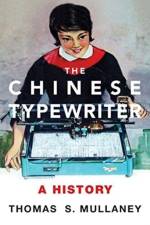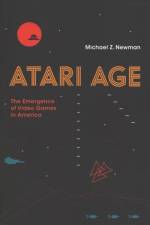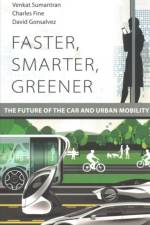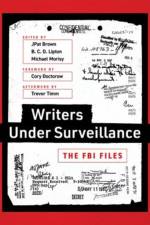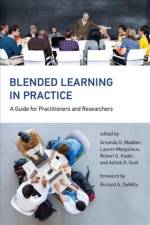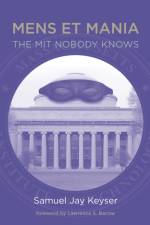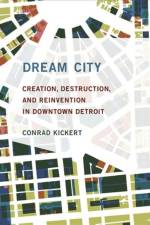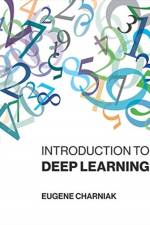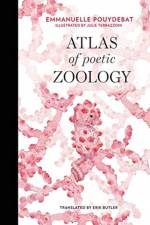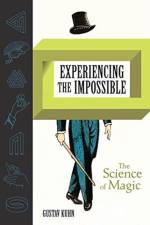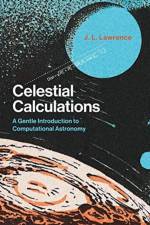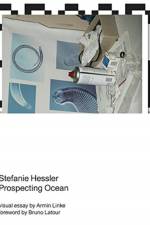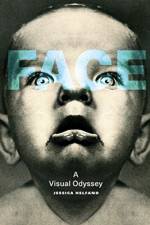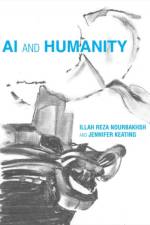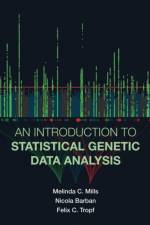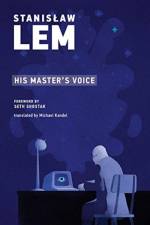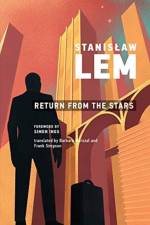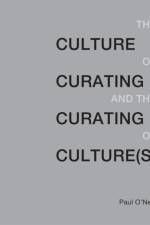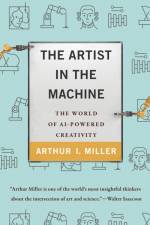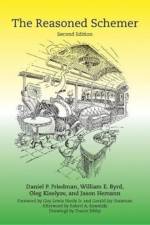- A Guide for Practitioners and Researchers
649
A guide to both theory and practice of blended learning offering rigorous research, case studies, and methods for the assessment of educational effectiveness.Blended learning combines traditional in-person learning with technology-enabled education. Its pedagogical aim is to merge the scale, asynchrony, and flexibility of online learning with the benefits of the traditional classroom—content-rich instruction and the development of learning relationships. This book offers a guide to both theory and practice of blended learning, offering rigorous research, case studies, and methods for the assessment of educational effectiveness. The contributors to this volume adopt a range of approaches to blended learning and different models of implementation and offer guidelines for both researchers and instructors, considering such issues as research design and data collection. In these courses, instructors addressed problems they had noted in traditional classrooms, attempting to enhance student engagement, include more active learning strategies, approximate real-world problem solving, and reach non-majors. The volume offers a cross-section of approaches from one institution, Georgia Tech, to provide both depth and breadth. It examines the methodologies of implementation in a variety of courses, ranging from a first-year composition class that incorporated the video game Assassin's Creed II to a research methods class for psychology and computer science students. Blended Learning will be an essential resource for educators, researchers, administrators, and policy makers.ContributorsJoe Bankoff, Paula Braun, Mark Braunstein, Marion L. Brittain, Timothy G. Buchman, Rebecca E. Burnett, Aldo A. Ferri, Bonnie Ferri, Andy Frazee, Mohammed M. Ghassemi, Ashok K. Goel, Alyson B. Goodman, Joyelle Harris, Cheryl Hiddleson, David Joyner, Robert S. Kadel, Kenneth J. Knoespel, Joe Le Doux, Amanda G. Madden, Lauren Margulieux, Olga Menagarishvili, Shamim Nemati, Vjollca Sadiraj, Donald Webster



